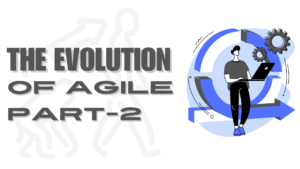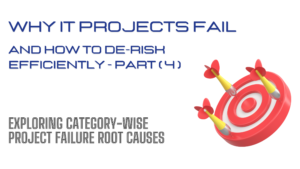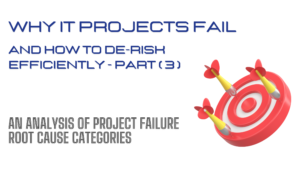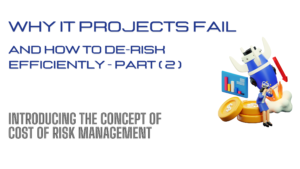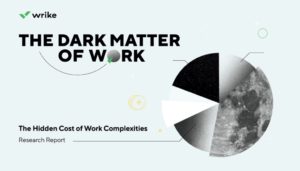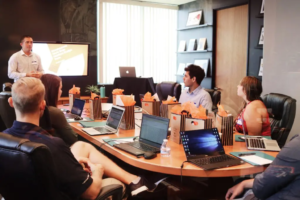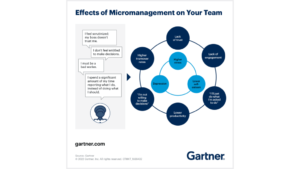McKinsey: The key role of dynamic talent allocation in shaping the future of work
“Flow to work” operating models match scarce skills to high-priority work, improve people development, and increase business responsiveness. While the approach isn’t new, the pandemic has demonstrated its value.
As companies emerge from the COVID-19 pandemic, they are realizing that talent management has become even more urgent. Given the disruptions to so many business models, organizations are grappling with how to make hybrid teams function better, which new skills are needed, and what the workforce of the future will look like more broadly. Then there is the perennial challenge of how to deploy talent to the highest-value opportunities within an organization.
The pandemic has also increased pressure on organizations to respond to three long-term talent trends that have been building for at least a decade: on-demand skills are scarce, made worse by digitization and automation; responding rapidly to changing and uncertain conditions is essential; and flexibility reigns supreme.
Reskilling is an important part of the response to all three challenges, especially as the scarcity of skills continues. But organizations also need to get better at utilizing employees’ existing skills and capabilities.
To make this pivot, forward-looking organizations are choosing flow-to-work operating models, which create pools of resources that can be deployed flexibly and on demand. These pools are formed based on similarity of skills, rather than similarity of business functions, making it easier for organizations to access the right skills when they need to. The leader of these resource pools matches and deploys workers to tasks or projects based on the highest-priority work areas for the organization and the combination of skills required to complete them.
A flow-to-work model is an effective organizational response to all three talent challenges highlighted above. By deploying scarce talent to the highest-priority work, companies can avoid the inefficiency of hoarding valuable skills in just a few parts of the organization. By creating mechanisms to reallocate and redeploy talent based on evolving priorities, organizations are well placed to respond rapidly to external changes, including shifts in customer or business demand. By forming flexible teams, roles can be tailored to best match the skills to the work to be undertaken, with individuals playing different roles on different teams as required.
Changing the operating model in this way isn’t an overnight task, and it requires significant process and mindset shifts. However, it can be a critical way of improving organizational speed and responsiveness, people leadership, and talent development. McKinsey research during the pandemic showed that responsive organizations outperformed their less agile peers by pivoting teams to solve new problems as they arose.
In this article, we will highlight the benefits of allocating talent more dynamically, pose four questions organizations can ask as they start their flexible-resourcing journey, and discuss the factors that organizations must get right as they move to this new talent model.
Read the entire article here.
Authors: Elizabeth Foote, Bryan Hancock, Barbara Jeffery, and Rob Malan.

